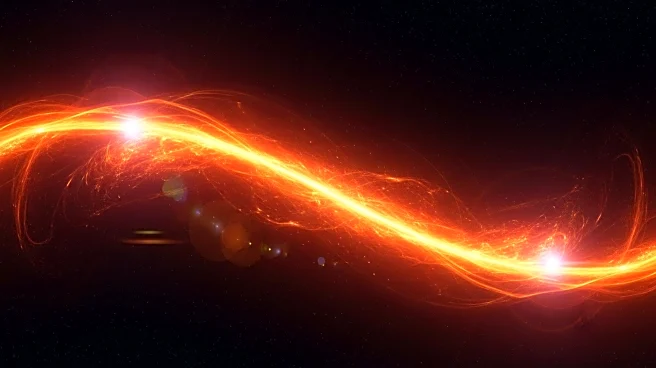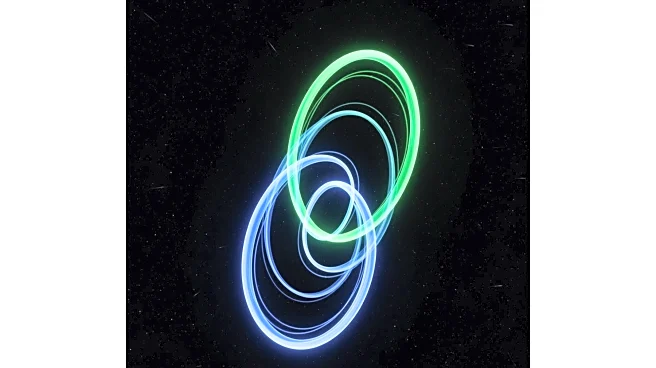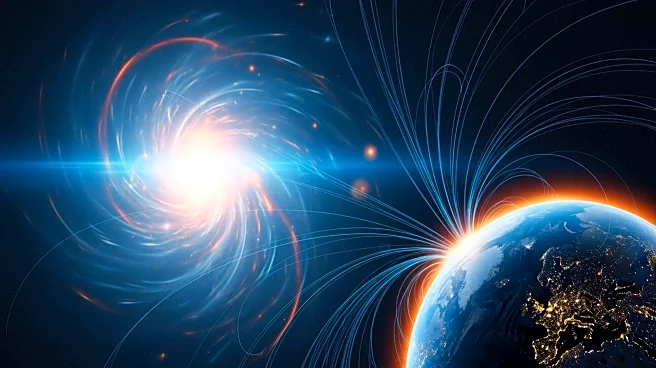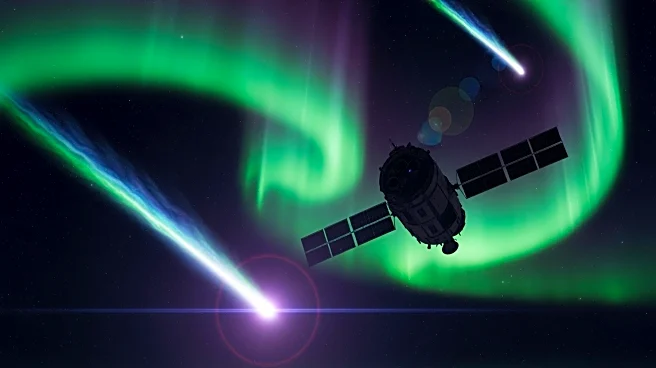What's Happening?
Physicists Emily McDougall and Matthew Argall from the University of New Hampshire have discovered unexpected zigzag-shaped structures, known as magnetic switchbacks, in Earth's magnetic field. These structures, previously thought to exist only near the Sun,
were detected using data from NASA's Magnetospheric Multiscale mission. The switchbacks are formed when plasma from the Sun interacts with Earth's magnetic field, causing the field lines to break and reconnect. This discovery provides new insights into the behavior of plasma and magnetic fields, potentially improving the accuracy of geomagnetic storm forecasts.
Why It's Important?
The identification of magnetic switchbacks in Earth's magnetic field is significant for understanding the dynamics of space weather and its impact on Earth. Geomagnetic storms can disrupt communication systems, power grids, and satellite operations, making accurate forecasting essential for mitigating these effects. By studying these structures, scientists can gain a better understanding of how solar wind interacts with Earth's magnetic field, leading to improved predictions of geomagnetic storms. This research also opens up new avenues for studying similar phenomena in the Sun's outer layers without the need for direct spacecraft missions.













